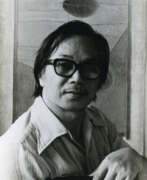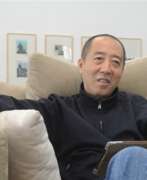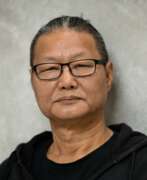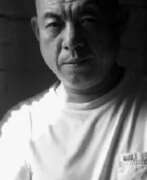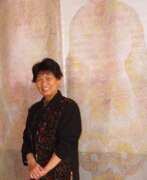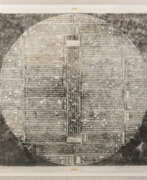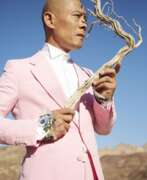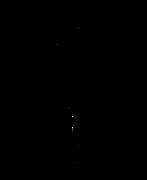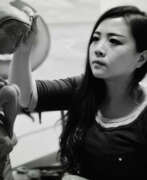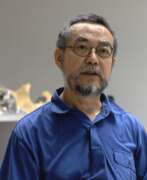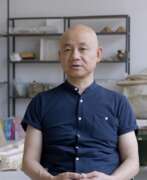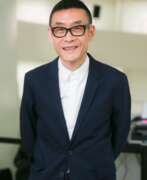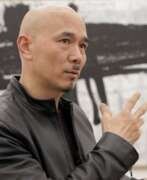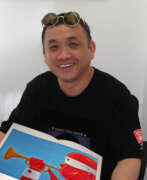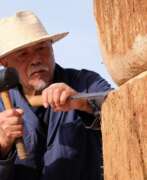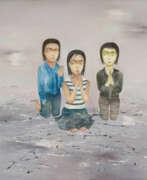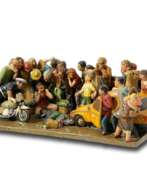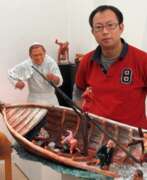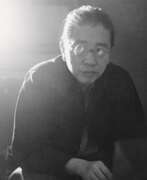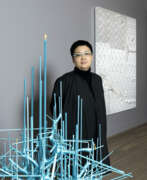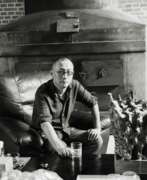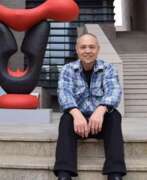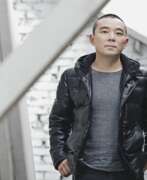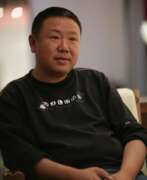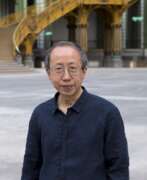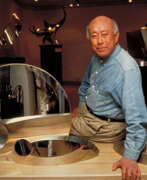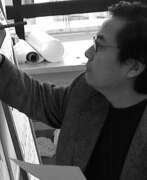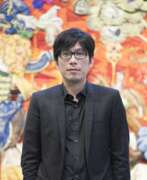Sculptors China


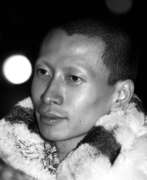

Terence Koh is a Canadian artist. He is known for his provocative and often controversial works that explore themes of spirituality, sexuality, and identity.
Koh works in a variety of media, including sculpture, performance, and installation. He often incorporates found objects and materials into his pieces, such as bones, hair, and glitter.
One of his most well-known works is "Gone, Yet Still," a performance piece in which the artist covered himself in white paint and stood motionless in a gallery for hours at a time. The work explored ideas of stillness, mortality, and transcendence.
Koh's work has been exhibited in major museums and galleries around the world, including the Whitney Museum of American Art in New York, the Museum of Contemporary Art in Los Angeles, and the Tate Modern in London.
He has been the recipient of numerous awards and grants, including the Louis Comfort Tiffany Foundation Award in 2007. His work is noted for its confrontational and often unsettling qualities, as well as its ability to challenge viewers' assumptions and beliefs about art and the world around them.
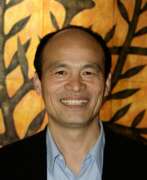

Ren Rong is a Chinese modernist painter and sculptor who studied at the Düsseldorf Academy of Fine Arts and has been living and working in Germany since the 1980s.
He is known for his installations, metal sculptures, carved paper and wooden works.
Ren Rong's main focus in his art is on human-plant figures, a combination of hermaphroditic, floral and human forms, which the artist has been developing for many years.
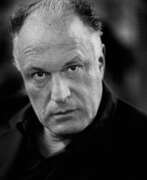

Not Vital is a Swiss artist living and working between his hometown, Beijing and Rio de Janeiro.
Not Vital's art is inspired by his nomadic lifestyle and experiences traveling the world, reflecting on habitats, nature and animals, as well as on the relationship between sculpture and architecture. To define his large-scale constructions, in 2009 Vital coined the term "SCARCH" - the union of sculpture and architecture. Central to his work is an exploration of the spatial, economic and cultural context of homes and workplaces.
Vital has opened studios in New York, Lucca, Beijing and Agadez. Over the course of his career, he has realized many structures for contemplation around the world, including a tunnel on the island of NotOne in Patagonia, Chile.
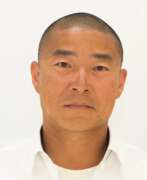

Zhu Wei (Chinese: 朱伟) is a contemporary Chinese artist. He is known for his unique style of painting, which blends traditional Chinese ink and brush techniques with modern Western art forms.
Zhu Wei graduated from the Central Academy of Fine Arts in Beijing in 1989 and began working as a professional artist. He gained early recognition for his work in the 1990s and has since become one of China's most successful contemporary artists.
Zhu Wei's paintings often depict figures in motion, whether they are dancers, athletes, or laborers. He is also known for his depictions of urban landscapes, which reflect the rapid changes taking place in China's cities.
Zhu Wei's work has been exhibited in galleries and museums around the world, including the National Art Museum of China in Beijing, the Museum of Contemporary Art in Sydney, and the Venice Biennale. His paintings have been widely collected by art collectors and museums, including the British Museum in London and the Guggenheim Museum in New York.
In addition to his work as a painter, Zhu Wei has also collaborated with other artists and designers on a range of projects, including the design of the 2008 Olympic Games emblem.
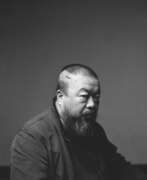

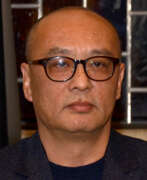

Zhang Xiaogang (Chinese: 张晓刚, pinyin Zhāng Xiǎogāng) is a famous contemporary Chinese surrealist painter and sculptor. He gained his literary youth during the Cultural Revolution in China, which has had a profound influence on his work. Among his best-known works are his series of paintings entitled Ancestry, Amnesia and Memory, and Tiananmen Square. Since 1997 his works have been exhibited in New York, Paris, Tokyo, Prague and other cities.
